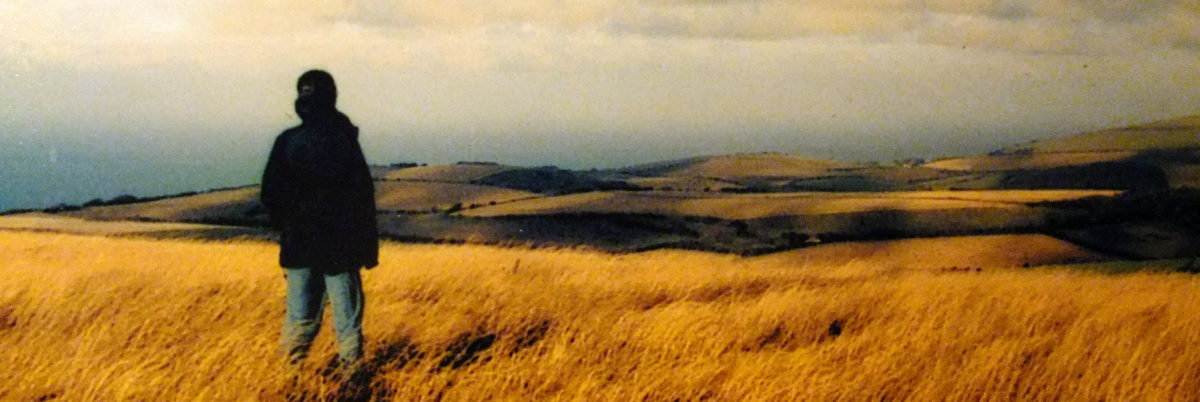
Returning home from a trip recently, I was delighted to discover that the annual miracle had happened once again. Springtime had arrived and daffodils were blooming! Their golden heads joyfully bowed and waved at me from all corners of my garden. I remembered how these cheerful flowers had taught me a lesson many years ago.
When my daughter Diana was in seventh grade, she needed a project for the science fair. After much discussion, she decided to explore what happens when daffodil bulbs are planted upside down. Would they still grow? And would they grow up?
With Dad’s help, she built long, narrow planting boxes, one side made of glass with a removable flap for observation. She carefully planted a lucky right-side up control group and an experimental group turned toes-side up. After a month, she ruthlessly created a second experimental group, turning some of the containers of the right-side up group up-side down after they’d already started to grow.
Then she observed them. While the lucky control group took off running, the others were uncertain. The bulbs planted up-side down paused to get their sense of direction clear before their growing tips curved around through the soil and headed toward the surface. Those unfortunate bulbs who were turned after they’d started to grow actually made a u-turn and plowed through the soil toward the surface, too.
How awesome is the force of a bulb, how strong and urgent the drive to grow, how amazing the sense of upness!
Welsh poet Dylan Thomas wrote “the force that . . . drives the flower drives my green age.” Thomas was right. Like bulbs, we too have been created with a deep drive to thrive and grow. And, like Diana’s bulbs, we’re usually trying to grow in conditions far from ideal. Up-side down planting, harsh setbacks and tragedies happen to us, too. We may struggle through the darkness of our soil mix, searching for cues, looking for a compass. Not all Diana’s bulbs bloomed – even though the need to put forth leaf and flower was so powerful that a couple tried to bloom while they were still underground.
But we’re not bulbs. We have much more freedom than bulbs to shape our growing. Though up-side down planting and painful reversals are real and have lasting effects, we can make decisions that aid our flourishing.
I believe the Creator placed in us a deep desire to burst forth into the fullest flowering that we can as well as the capacity to make decisions that will help us. Sometimes that means even growing out of the container in which we’ve been planted. I believe the God of love is not a neutral observer doing a science experiment. Instead God is for us, longing for us to find our way and to reach toward the Light that can help us be the being we most truly are.
Gerard Manley Hopkins didn’t include daffodils in his poem but he does say it well:
As kingfishers catch fire, dragonflies draw flame; . . .
Each mortal thing does one thing and the same:
Deals out that being indoors each one dwells:
Crying What I do is me: for that I came.
When we’re struggling in the darkness, it can be hard to respond to Hopkins’ vision. But holding on to its truth may encourage us as we find a way to the surface, as we become “that being [that] indoors each one dwells.”
May we be awakened to the deep inner desire to bloom. May the Light illumine our way as we discover the flowering that is ours.

